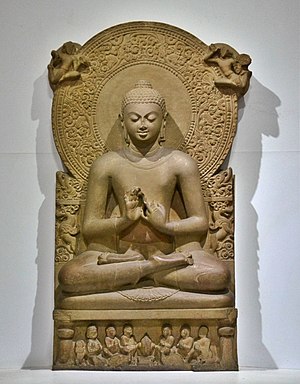Bismillah – the Beginning
"In the name of God, the Gracious, the merciful" – not without this recitation may the faithful begin any task. This is the sacred Bismillah. All chapters, but one, of the Holy Book commence with this invocation. Daily prayers, important texts, all begin with this phrase.
It is only fitting that Dharmaraja starts this series of study entries about Islam, with this phrase, the Bismillah.
Despite being the second largest religious tradition in the country, most non-Muslims in India tend to have very limited knowledge about this great tradition. When compared with the familiarity most English speaking non-Muslim Indians have with Christianity, the contrast seems shocking! There are several practical reasons for this. A large number of Indians get their 'English Medium' education from 'convent' schools. And while they are not out to do so, Hollywood and American TV shows beam Christian symbolism on to our screens for us to watch.
And then there is this whole thing about cultural receptivity of yuppie Indians. My feeling is Christianity, Jesus Christ, Santa Claus and Christmas sit there along with Coca Cola, McDonalds, Ford, Disney, Nike, Microsoft and Mercedes Benz as the aspirational symbols of the global cosmopolitan consumerist lifestyle! Other religious traditions we know about just don't seem to have the same brand equity!
And then there is this 'other' issue which often blocks the most naturally accessible source of information – friends and colleagues belonging to other religions. For all its much vaunted secular and democratic values, India has often witnessed much violence and rioting between religious communities right down to the present time. The shadow of partition looms over the sub-continent several decades after the trauma, the festering distrustful relationship with the neighbouring nation complicate the matter further. An inter-religious dialogue between Hindus and Muslims becomes particularly tricky.
But I digress.
This series of entries is my attempt to correct this gap in my knowledge. I need to know more about the religion of 160 million of my countrymen!
Unfortunately, my sources of information will, at least initially, all be introductory works about Islam in English written by western authors. I hope in course of studying for this entry – to find more Indian works for reference.
Wish me luck and good reading!

![Reblog this post [with Zemanta]](http://img.zemanta.com/reblog_e.png?x-id=6db6dd89-1793-4c56-9dc3-b8a43521352b)

![Reblog this post [with Zemanta]](http://img.zemanta.com/reblog_e.png?x-id=3c43f821-c7e0-4aad-b33d-a6d8b0fe43fb)

